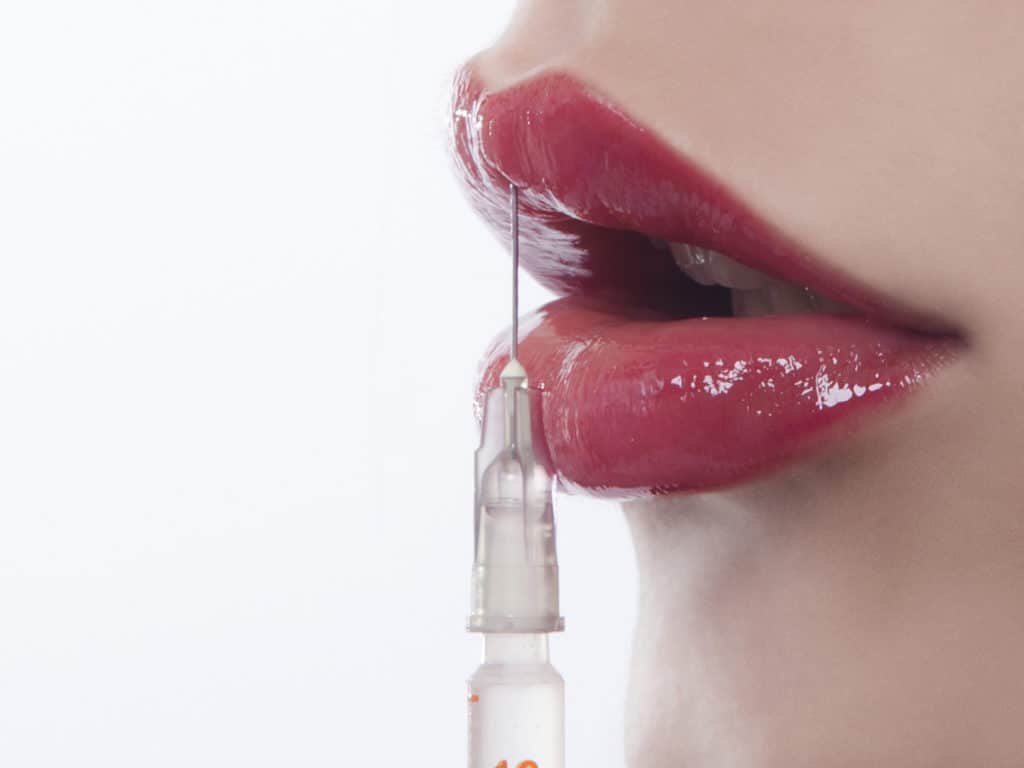Breast reduction surgery is very exciting for many patients. This “happy surgery” is one that many women have been looking forward to for years, but any surgery can be anxiety-provoking and questions do arise before and after surgery. We strongly-encourage patients to read through the information provided at their pre-op visit, as it will answer many questions that do arise. The following are the six most common concerns we hear from patients as they recover from this procedure.
Fever
A fever that occurs within 1-2 days of surgery is not usually a sign of infection. Some sources say as high as 90% of surgical patients develop a fever post-operatively. A common cause of a fever is something called atelectasis. Atelectasis can happen after surgery when patients take shallow breaths due to pain and don’t fully expand their lungs. It is important after your procedure to incorporate deep breathing exercises in order to open your lungs. If taking deep breaths doesn’t resolve the fever or if other symptoms such as chills, flu-like symptoms, or redness of one breast are present, infection may be present and should be evaluated by our staff.
Wound Healing Concerns
Surgical incisions are closed in two layers of stitches under the skin and then reinforced with steri-strips (“butterfly tapes”). The majority of incisions are well-healed within 2 weeks and are unlikely to have significant healing issues. One of the areas of the breast that frequently develops a small wound is the junction between the vertical incision and the incision under the breast, which we call the T-junction. Typically, these wounds are superficial and small, though they can have a little white or yellow drainage. If you develop a small opening in this area, you can apply Aquaphor to the spot to keep it moist, and it will usually heal. If the wound is large or fails to heal with Aquaphor, it should be checked by one of our providers.
Small Bumps Around the Nipples
Small bumps or pimples around the nipples that develop 1-2 months out from surgery is most likely something called a spitting suture. As the body is dissolving the stitches, sometimes the suture material is pushed through the scar. Patients typically notice a whitehead pimple that may have a drop of “pus” or blood when it pops. Frequently the suture is visible in the wound (it looks like a little white string). The sutures are absorbable and will eventually be absorbed by the body, but if it is visible, you can gently pull it with a pair of tweezers and the wound will usually heal quickly thereafter.
Bruising
Bruising is common after any surgery. The bruising is usually localized around the incision sites and can be blue, purple, yellow or brown in appearance. Bruises typically resolve within 1-2 weeks. Bruises that are rapidly growing in size or if one breast is noticeably larger than the other would be cause for a concern and should prompt a phone call to our office.
Lumps
The majority of the time, lumps felt in the breasts immediately after surgery are nothing to be concerned about and usually are not a sign of breast cancer. Sometimes, as a result of surgery, a piece of fat in the breast can have decreased blood flow, which can then result in a lump of scar tissue under the skin. This is called fat necrosis. Over time, your body may break down this lump but if a lump is still present 3 months after surgery, we typically recommend a mammogram through your primary care provider to prove it’s just dead fat and to serve as a new baseline for future mammograms. It’s important to keep in mind that if a lump is growing larger, you shouldn’t wait 3 months to have it checked.
Pain/Paresthesia
Pain is to be expected after any surgical procedure. Following the recommended pain management protocol provided with the paperwork at your pre-op visit will help make the recovery as comfortable as possible. Sometimes in the weeks after your procedure you may have increased soreness of your breasts and/or may notice redness on both breasts and around the nipples. This is common starting around 2 weeks after surgery as patients start to resume their more active day-to-day routine. As long as the redness is similar on both breasts, this is normal and wearing a more supportive bra can help. You may also feel unusual sensations in your breasts, such as “pings,” “zaps,” or “electric shocks” in the weeks to months after your procedure. These feelings are a normal part of the healing process of the nerves and typically resolve with time.
If you have any other questions or concerns after your breast surgery, please call our office at (708) 524-1400 and our staff is always happy to help!
While the above information is how we manage these common issues, if your surgery was with another surgeon, it’s essential that you follow the recommendations of your doctor and their staff.



